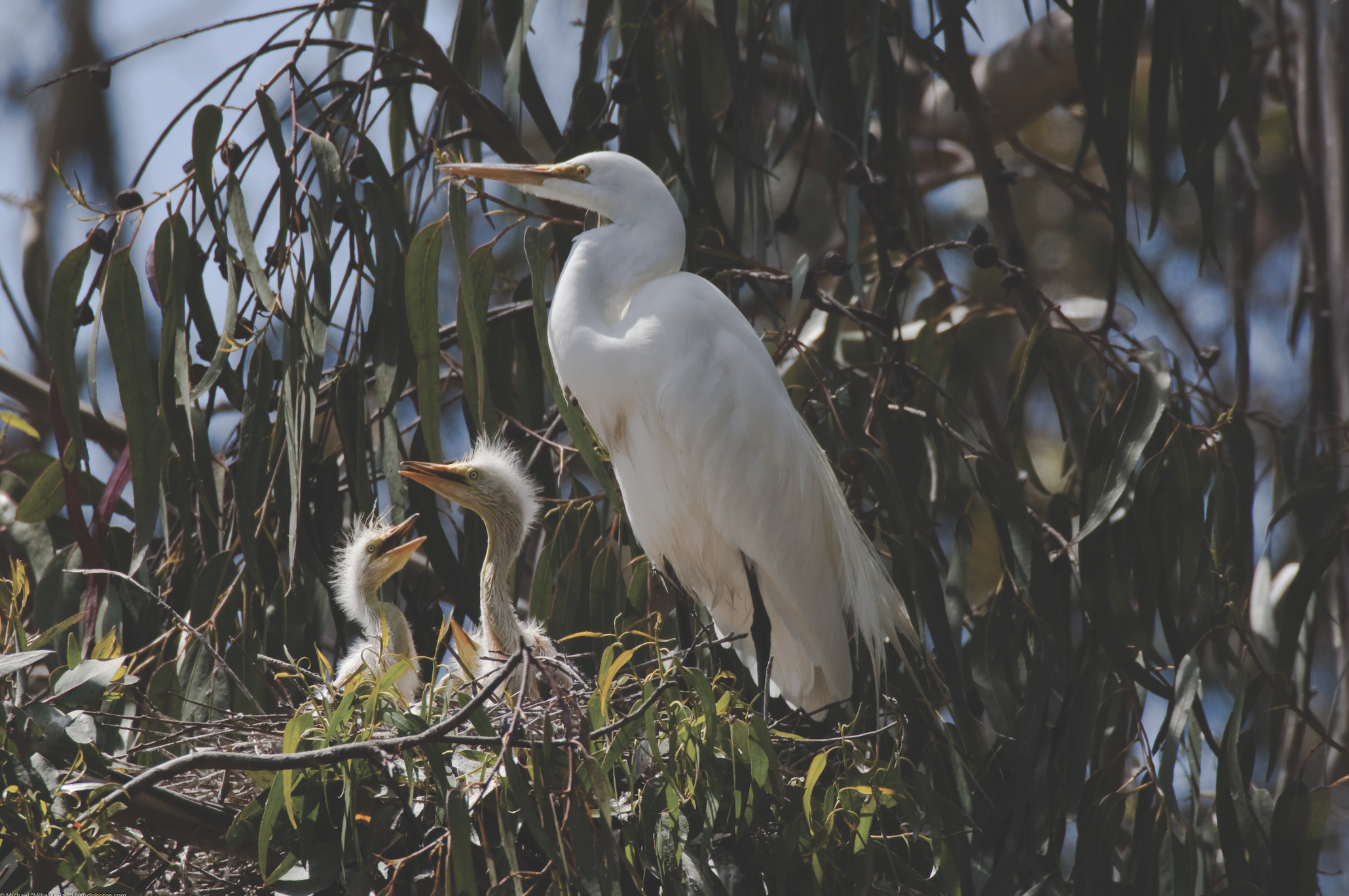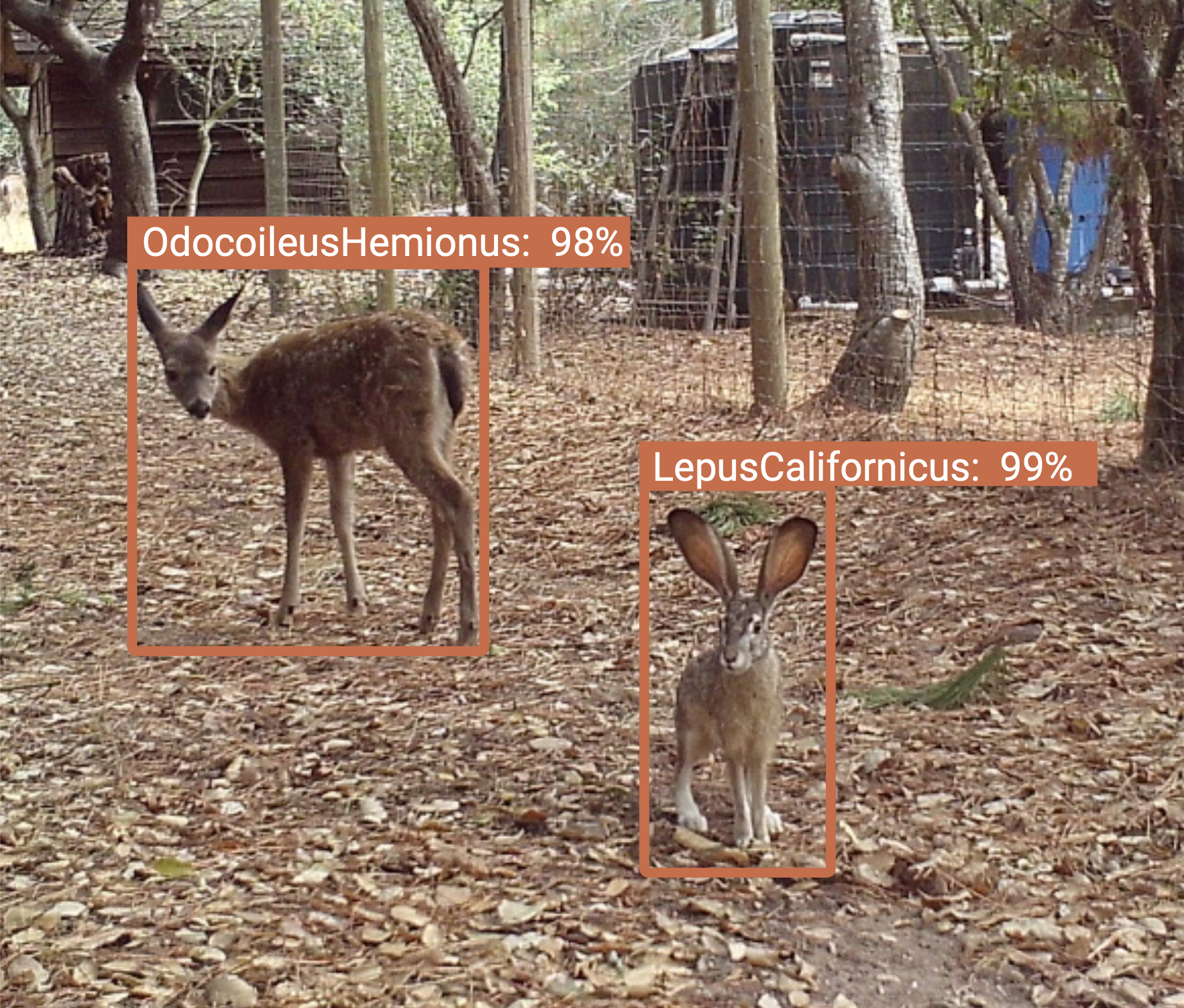While we work from home, the miles logged by shorebirds we have radio-tagged has us longing for an unconfined drive to points beyond—a birding trip to the Central Valley, a camping trip along the North Coast, or more miles logged on the Pacific Crest Trail.
Alas, we take solace in science and focus our gaze on two determined Long-billed Curlews fitted with radio tags in February at Limantour Beach under a partnership with the Smithsonian Migratory Bird Center, the Coastal Bend Bays and Estuaries Program (Texas), and Boise State University’s Intermountain Bird Observatory.

These two shorebirds spent the next month foraging along the local beaches between Point Reyes and the Bolinas Lagoon. But by mid-April they were individually on the move, like their cousins across the country, toward their late-spring breeding grounds in Idaho.

In the map above, the female curlew is just to the south of Leadore, ID while the male is in the southwest corner of ID right on the border of NV in the Duck Valley.
Their flights east mark an important break in the story of Long-billed Curlew migration. Well over a hundred Long-billed Curlews have been tagged by our partners in this study, yet none had been observed wintering on the central coast of CA. We are excited to begin to close this gap in our knowledge.
—Look for an in-depth report on this curlew study in our summer edition of Conservation in Action—
And with our gaze to the skies we see some robust flight speeds logged by several Western Sandpipers radio-tagged along the San Francisco Bay in mid-April. Of the 25 tagged this year in partnership with the Canadian Wildlife Service, several were picked up by stations in Washington State and Vancouver Island, BC this week. One logged more than 180 miles in 6 hours. Director of Conservation Science Nils Warnock reports that with favorable conditions including tail winds, a handful of birds in past years have been clocked from the SF Bay to the Copper River Delta in Alaska, a linear distance of about 2,000 miles, in less than 48 hours!

More coverage:
Filling a coastal data gap: Using satellites to track Long-billed Curlews
ACR tags Western Sandpipers with Canadian Wildlife Service (page3)



